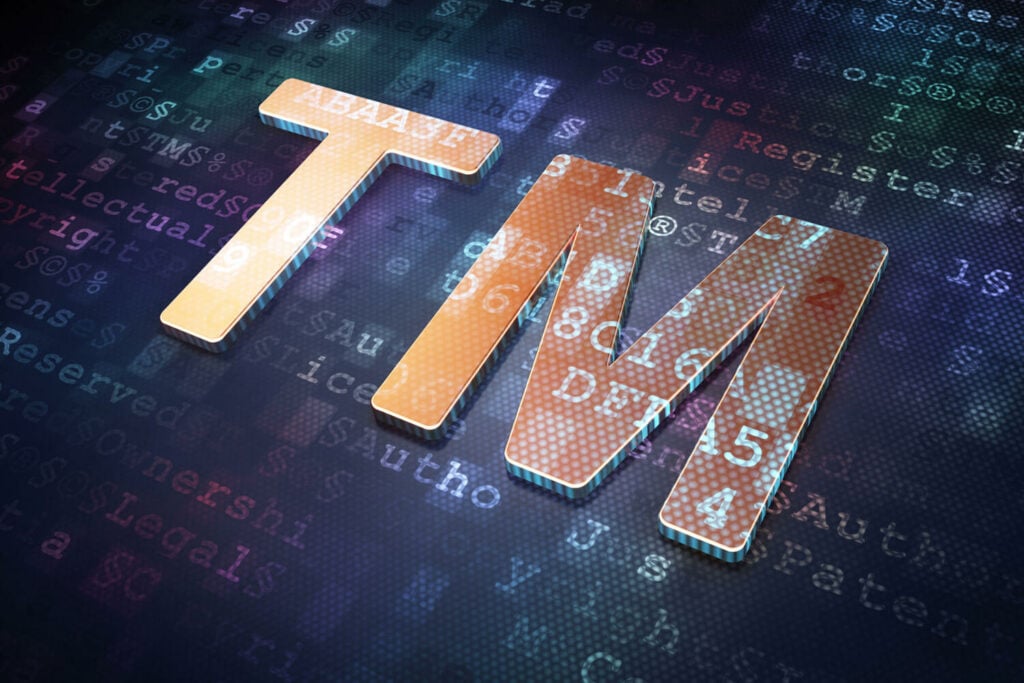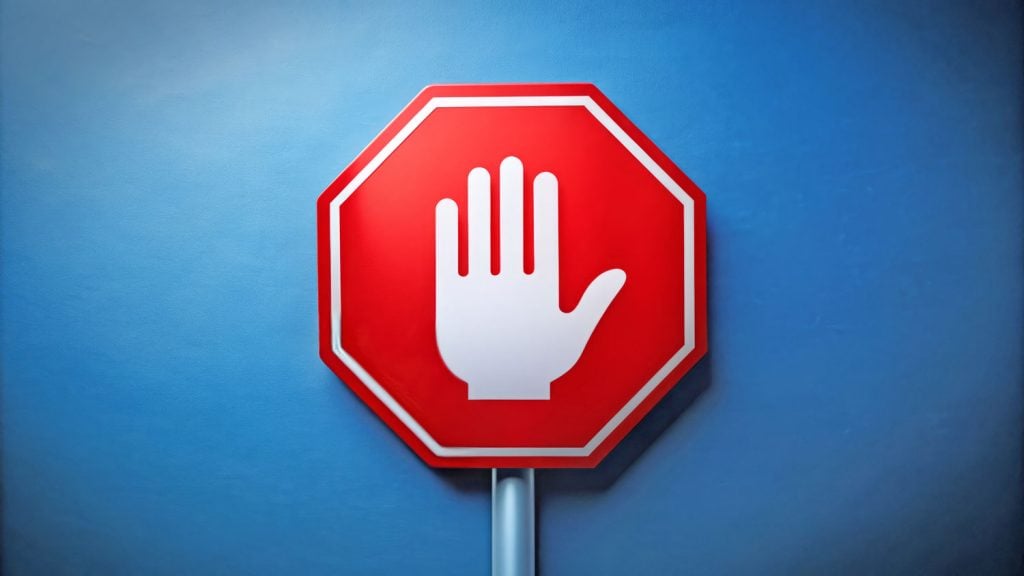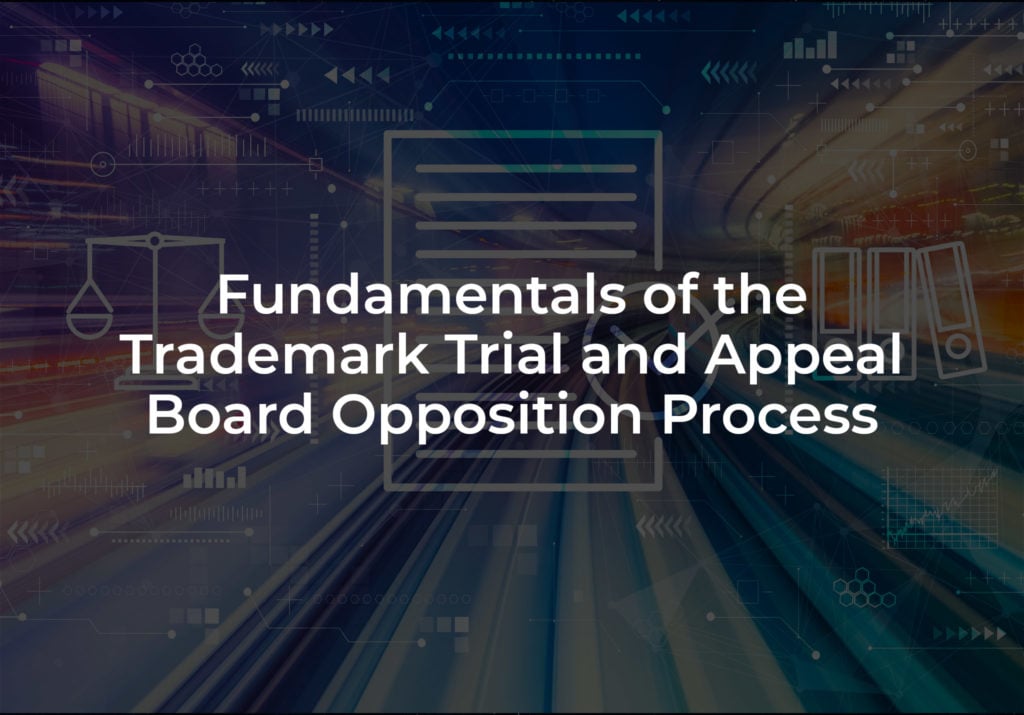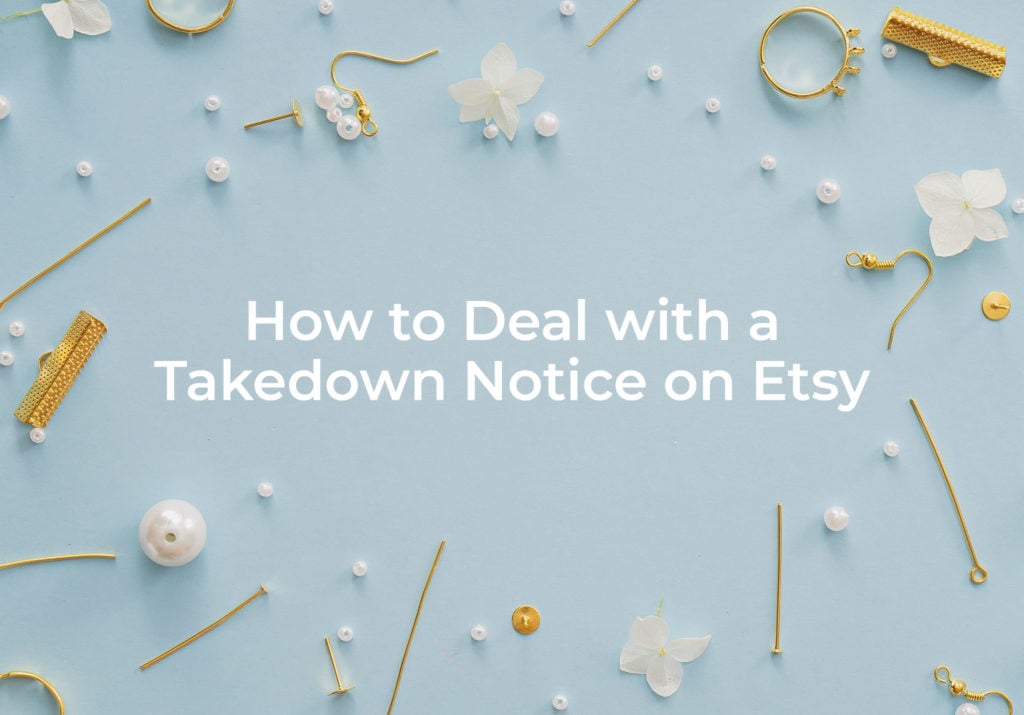Infringement of a trademark is a serious legal issue that can have negative effects on a company’s finances and reputation. When a person or organization uses a trademark that belongs to another company, it can harm that company’s brand, sales, and reputation. This may result in pricey legal actions and huge financial damages. Additionally, higher fines and legal costs may be imposed on an infringing party if it is determined that they knowingly violated a trademark. It is crucial to understand trademark infringement and the potential risks involved in order to safeguard your company’s interests.
What Is a Registered Trademark?
Trademarks are often referenced yet rarely understood. Trademark symbols, commonly referred to by the abbreviation of TM, SM, and ®, are symbols that businesses use on:
• Words
• Phrases
• Names
• Designs
• Logos
Registered trademarks, referenced with the registered symbol ®, are trademarks that are registered with the United States Patent and Trademark Office (USPTO). Unregistered trademark applications and registered trademarks are not the same and do not provide the same scope of protection. In addition, common law and federal trademark rights are vastly different.
One notable difference between federally registered trademarks and unregistered marks is that the trademark designator, ™, can still be used on trademarks that have not be federally registered with the USPTO, but have acquired common law trademark rights.
Registering your trademark with the USPTO trademark office provides federal recognition that your trademark is protected in all 50 states and informs customers that your brand is protected nationwide. Ideally, the federal trademark designator, ®, should be used consistently across the entirety of promotional material, including:
• Tags
• Products
• Packages
• Labels
• Advertisements
• Signs
If you fail to register your mark with the USPTO, a competitor will have the opportunity to register a similar trademark that may confuse customers and ultimately force you to rebrand. It is also worth noting that with proper post-registration maintenance filings, your federally registered trademark becomes incontestable five years after registration. An incontestable trademark provides additional protection against infringement and cancellation proceedings, ultimately reducing any legal challenges to your established federal trademark rights.
What Is Considered Trademark Infringement?
Infringement of a trademark has the potential to cause significant financial consequences and expensive re-branding efforts. Infringement of a trademark is defined as the unauthorized use of another business’s trademark. Such unauthorized use can be in connection with a good or service offering that has the potential to cause a misunderstanding, manipulation, or even confusion pertaining to from where the item or service is derived and the specific business that provides it.
If a business owner believes their trademark has been infringed, they can take legal action to mitigate the damages to their business and brand by filing suit in federal court. Proving infringement of a trademark sets the stage for the plaintiff to prevent the defendant from utilizing the trademark in question in any manner. Furthermore, there is also an opportunity to recover damages including attorney’s fees and costs as a result of the unlawful infringement.
Trademark Infringement Examples
Let’s take a quick look at a couple of examples of infringement of a trademark for clarity. Jack Daniels, one of the top whiskey distillers in the world, identified a book cover by Louisville author, Patrick Wensink, titled Broken Piano that resembled its famous trademark. The company immediately sent a cease-and-desist letter to the book’s author, Patrick Wensink, informing him of their trademark rights and providing evidence of the infringement. However, the irony is that the attention from the case went viral and Wensink’s book quickly propelled itself into Amazon’s top ten. You can read more about the dispute here.
Though it might be hard to believe, Marvel and DC Comics were once embroiled in trademark infringement lawsuits over the use of a single word. Both companies trademarked the word “superhero” and sued other companies for using the word on products and even in some services. It is interesting to note that neither company has attempted to contest the other’s ownership of the trademark for the word.
Louis Vuitton engaged in a legal battle with Louis Vuitton Dak regarding infringement of a trademark. The fashion specialist, Louis Vuitton, emerged as the winner of the infringement lawsuit against the fried chicken seller. The restaurant’s moniker and even its image were considered to be too similar to those of the fashion designer. The restaurant owner responded by changing the name of the chain to Louisvui Tondak and was further punished with an additional $14.5 million penalty.
GoDaddy and the Academy Awards squared off in court regarding the purchase of domain names. GoDaddy permitted consumers to purchase domain names, including 2011Oscars.com, that were similar to the trademarks established by the Academy. All in all, nearly 60 similarly confusing domain names were identified. The judge decided that GoDaddy was in the right, and the company was allowed to continue selling domain names that were allegedly similar to those of the Academy of Motion Picture Arts. Read more here.
Apple Sued Amazon for Trademark Infringement
Two of the top titans in the tech industry squared off in a legal battle over a trademark right over the incredibly valuable mark, “App Store.” The basis for the suit stems back to Apple’s first use of the App Store in 2008 and trademark registration of the term “App Store” related to downloading mobile software. Amazon started to use the phrase “App Store” related to its site for online sales and for touting its software apps available through the Apple App Store. The complaint explains how Amazon’s use was likely to spur confusion and the term “App” referred to the Apple App. The
As detailed in the Lanham Act, the cause of action pertaining to trademark infringement is brought through either the likelihood of confusion or provable confusion. Apple’s lawsuit suggests that because both companies are in the business of mobile software downloads and both companies utilize the phrase “App Store,” confusion is likely. Furthermore, Apple’s attorneys sent three separate cease-and-desist letters prior to taking legal action. Though Apple obtained the registered trademark, there were legitimate concerns about how the phrase “App Store” would be interpreted and whether it was considered too generic to warrant trademark protections. You can read more about the litigation here.
Marvel Disney Threatens Legal Action Against Popular AI Copywriting Software Company
An artificial intelligence tool used to create text, once referred to as Jarvis.ai, was used by copywriters across the globe to hasten the generation of content with the assistance of computers. This AI tool for writing was the focus of legal action taken by Marvel Disney. The corporate behemoth insists there were similarities between the technology’s moniker and the artificial intelligence personality known as J.A.R.V.I.S. However, the tiff did not result in a lawsuit for infringement of a trademark. Rather, the Jarvis.ai tool was renamed Jasper, ultimately serving as a mutually beneficial outcome for both parties. You can read the full article here.
How To Avoid Trademark Infringement?
Doing your homework is the best way to sidestep a potential trademark infringement lawsuit. When evaluating a potential trademark, conduct an internet search, as well as a USPTO trademark search. These searches determine if the trademark you want is registered, if another party has applied to register the trademark, or if it is already in use for specific services or goods.
The little bit of time you invest in conducting these searches has the potential to save you money and frustration down the line. Such a search might even prevent a potentially financially devastating lawsuit. When in doubt, lean on a savvy trademark attorney to gauge the risks of adopting a trademark. You can move forward in full confidence after you have evaluated all options to mitigate legal and financial risks.
Be sure to maintain in-depth documentation of grounds and considerations used when selecting the trademark so you can clarify why the trademark is distinguishable. Ideally, the entirety of your research will be conducted in unison with the creation of the business. However, if time has passed and your business is already selling products/services, don’t assume you cannot trademark a symbol. Perform the trademark search to identify potentially similar trademarks or replications, expand the search all the way to the USPTO and Trademark Electronic Search System (TESS), spanning both the state and federal levels. If you’d like to learn more about international trademarks you can do so here.
You can also consider obtaining insurance against infringement of a trademark. Certain general liability insurance providers offer trademark infringement coverage through Coverage B, which pertains to liability in relation to advertising and personal injury.
Average Cost of Trademark Infringement Lawsuit
A trademark infringement lawsuit can potentially be the financial ruin of your business, especially if you are operating in the red. If your business is the plaintiff, as opposed to the defendant, a trademark infringement lawsuit can cost between $10,000 and $750,000. If you’re the defendant, you may be forced to pay additional costs in financial damages and, in some cases, attorneys’ fees.
The complexity of the trademark infringement lawsuit ultimately determines the cost. Part of the expense is the cost of attorney’s fees. Though it is possible to recoup such fees from the opposition, they will not be available until the case ends.
Be aware that it might take years to resolve a trademark litigation suit and move forward accordingly. As an example, the aggregate litigation cost for the cybersquatting case filed by Weather Underground was $500,000. However, the twist to this case is that it settled prior to the selection of a jury.
If the infringer has a registered trademark that is confusingly similar and if you are not concerned with recouping profits or receiving financial damages, you can seek a Petition to Cancel with the Trademark Trial and Appeal Board. You will not receive any monetary damages, but the process is usually faster and cheaper than federal court.
Trademark Infringement Penalties
In some cases, a trademark infringement penalty can amount to more than six figures. The damages are determined by the amount of money the infringer obtained through infringement or the money the trademark owner lost as a result of the purchase of unauthorized services or products. Furthermore, if the party that violated the trademark willfully infringed on it, the winner can receive t
Aside from the financial penalty for the specific infringement, there is also the potential for penalty in the form of court and attorney fees. Furthermore, the infringer must either alter the trademark or cease using it altogether. The specificities of the infringement, along with the level of harm endured by the plaintiff, ultimately determine the financial penalty.
Trademark Infringement Defenses
Filing a trademark infringement lawsuit does not guarantee a favorable award or settlement. In some cases, the defendant emerges victorious with the strategic uses of legal defenses.
The most common defenses are descriptive fair use, nominative fair use, laches, unclean hands and trademark misuse, fraud in obtaining the registration, and abandonment. Descriptive fair use is the use of a descriptive term to fairly describe a product or service. Nominative fair use is the use of a trademark to refer to the actual product identified by another trademark, such as newspaper references to entertainment groups and sports teams. Laches is unreasonable delay by the trademark owner in commencing suit. While there is no set time limit to bring suit, it is usually held that six years is the limit. The limit, however, will vary depending on use of the infringer.
Improper conduct by the trademark owner can also be an affirmative defense to suits. Intentional deceit by the applicant for a trademark registration which constitutes as fraud in obtaining a registration will preclude the trademark owner from obtaining relief. Lastly, if you fail to use the your trademark, you may open the door to an abandonment defense. Usually this applies if you have not used the trademark in commerce for three years and no intent to continue its use. Thus, simply having a trademark without use of the trademark can be detrimental.
What to Do if Your Trademark Is Infringed Upon
Lean on an experienced trademark attorney to take action on your behalf and you will be empowered to focus on your work. The transmission of a cease-and-desist letter is the initial step in communicating the infringement to the infringer.
A cease-and-desist letter makes the infringer aware of your trademark rights, highlights the infringement, and communicates that the infringement is to end or legal action will be taken.
How To Stop or Sue Trademark Infringers
If the infringing party ignores the cease-and-desist letter, your next step is to file a complaint. Though formal legal action has the potential to cost a pretty penny and consume a considerable amount of time, the investment is justified as it prevents the offending business from profiting from the trademark in question. Further, if you take no action, you risk the chance of losing your trademark permanently.
If a trademark application is filed with the USPTO (trademark office), you can file a Notice of Opposition if the application makes its way to publication. If the infringer has already registered a confusingly similar trademark before you could file the Notice of Opposition, then you can file a Petition to Cancel. Both the Notice of Opposition and the Petition to Cancel go through the Trademark Trial and Appeal Board. The process is faster and cheaper than filing in federal court. However, the Trademark Trial and Appeal Board does not award monetary fees nor attorneys’ fees. If you’re looking to recoup lost profits, fees, attorneys’ fees, and damages, then federal court is your only option.
Dealing With Trademark Infringement on Amazon
Trademark infringement is widespread on Amazon since the online platform makes up nearly half of all e-commerce transactions in the United States. The challenge lies in identifying trademark infringement and stopping it.
A federal trademark registration can safeguard your brand. The registration constitutes proof from the federal government that you own the trademark and are the sole party empowered to use the trademark in relation to the services/goods in question. Furthermore, Amazon protects trademark holders through its registry for unique brands, ultimately providing protection that stops competing businesses from using similar or replica trademarks. Without a trademark registration, Amazon and other third-party commerce websites will not take any action. It is important to register your trademark to ensure you can remove infringing listings.
Speak With a Trademark Infringement Lawyer
If you know or suspect another party is infringing on your trademark, take immediate action. Our legal team is here to help at a fixed fee with the hassle of billable hours or unpredictable costs. Contact us today to schedule a no-cost consultation with one of our experienced trademark attorneys.




